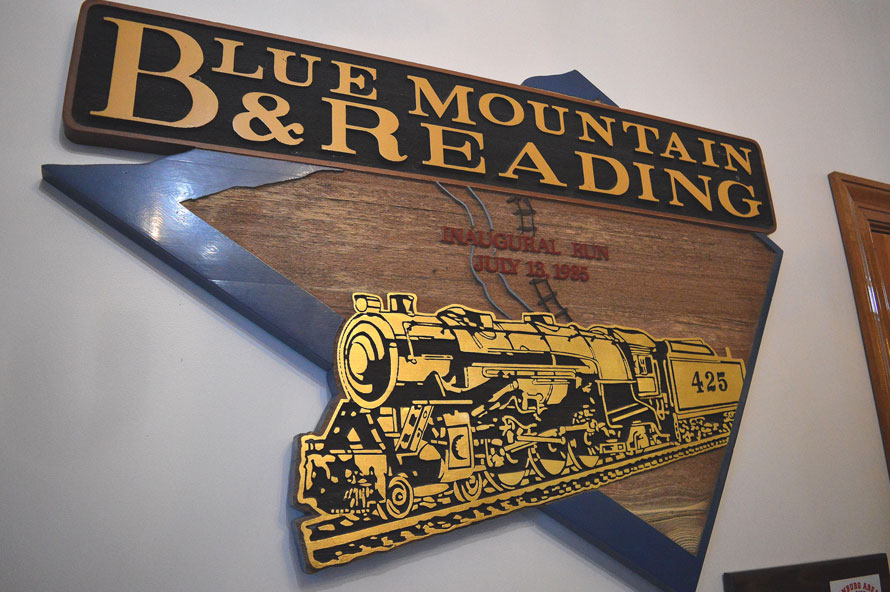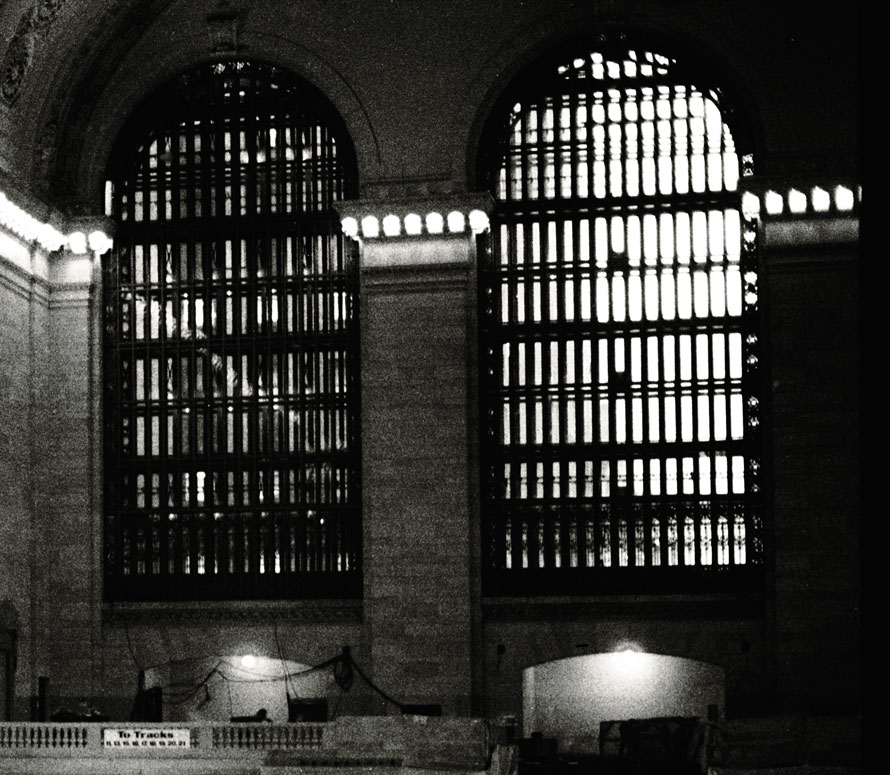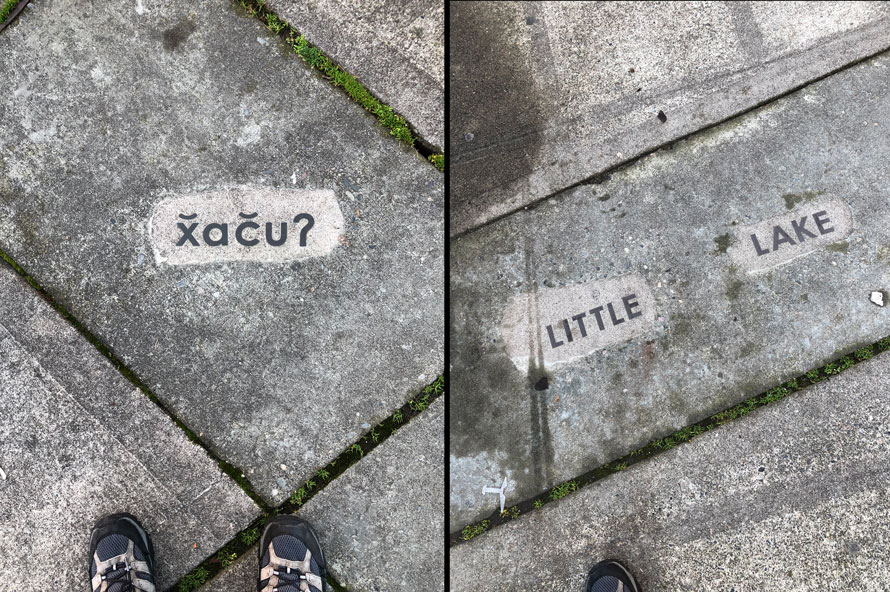In this short video, we look at a photograph by Walker Evans, who visited Edwards, Mississippi in 1936. From an elevated vantage point above the railroad tracks, he photographs the tracks running through town and creates an evocative portrait of a small southern town. Along with other photographers working under the auspices of the Farm Security Administration during the depression, Evans produced some of the most memorable images from this troubled time, work that assured his place among the master of American photography.
Edd Fuller, Editor


